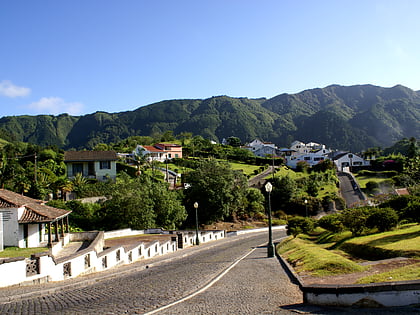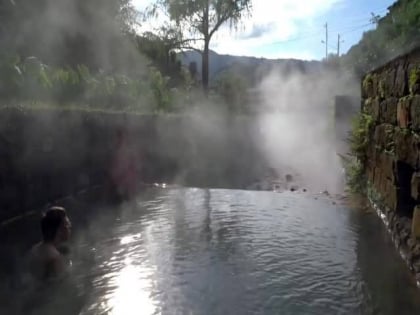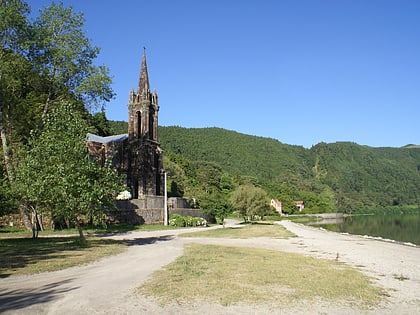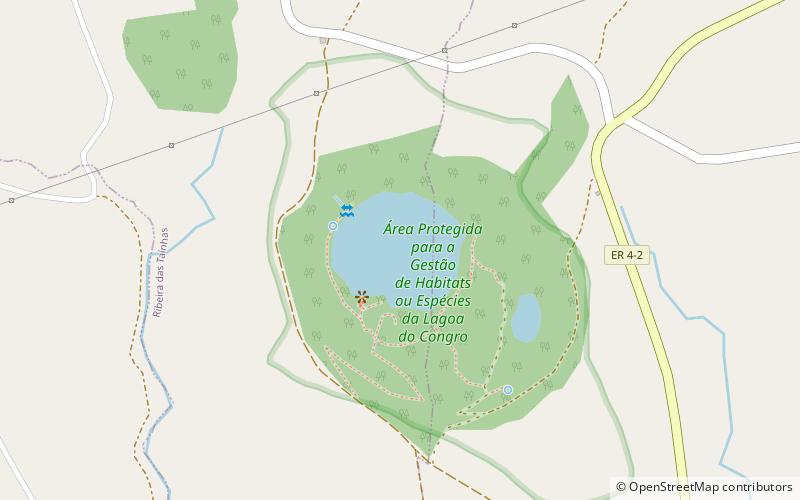Lagoa das Furnas, São Miguel Island
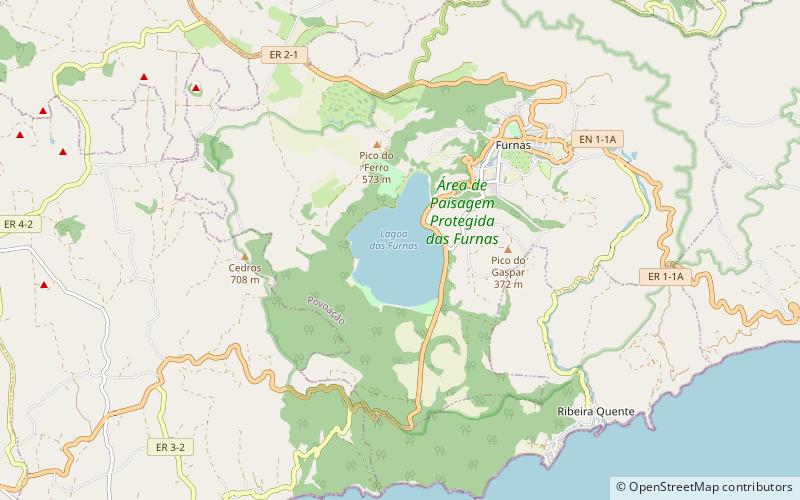

Facts and practical information
Furnas Lagoon is a Portuguese lagoon, located on the Azorean island of São Miguel, Azores archipelago, in the town of Furnas, municipality of Vila da Povoação and is related to the volcanic formation of Furnas. It is located at an altitude of about 600 meters.
It is surrounded by abundant Macaronesian vegetation, as well as abundant volcanic manifestations such as Fumarola, sulfatara and boiling water boilers. On the banks of this lagoon and due to the boiling volcanic waters are made the traditional Cozidos à Portuguesa, underground with the heat of these volcanic manifestations.
On the banks of this lagoon is one of the most curious chapels on the island of São Miguel dedicated to Our Lady of Victories, this temple, the Chapel of Our Lady of Victories was intended to be the Mausoleum of José do Canto and was solemnly inaugurated on August 15, 1886.
The Furnas Monitoring and Research Center was inaugurated on the southern shore of the lake. Its purpose is to implement and disseminate the ecological recovery actions of the lake's water quality and econsystem, in the scope of the programs and actions of the Furnas Lagoon Hydrographic Basin Management Plan.
The Furnas Monitoring and Research Centre is part of a wider intervention that articulates, in a single project and transversally, the programs and actions of the Management Plan of the Furnas Lagoon Watershed, including the requalification of the banks. Inaugurated on July 1, 2011, the CMIF assumes an important role in the translation of scientific language into forms of dissemination of knowledge, capable of attracting visitors to a better understanding of nature, as well as for recreational activities and ecological recovery in a constantly changing landscape.
Located on the south bank of the Furnas lake, this project, designed by architect Manuel Aires Mateus, gave a different perspective to the Furnas lake, this time from an architectural perspective, besides the environmental/natural one that is usually attributed to it. In his own words, "it was conceived as a stone sculpture placed in the landscape, based on the framing of the raw material in the surrounding greenery and the ability to relate the volcanic basalt of the region with the natural environment that is Furnas Lake". This relationship between materiality and nature was recently distinguished with the awarding of the "Premio Internazionale Architetture di Pietra 2011 - XII edizione", in the Italian city of Verona, which rewarded the spatial and architectural quality of the project and its execution in local stone, in this specific case basalt.
The CMIF has a visitor reception area where information is provided about the mission and objectives of the project, capable of arousing curiosity and interest in learning more about the recovery of the Furnas valley ecosystem. This space includes a small bar and store in which, through merchandising products, we promote the native flora and fauna.
The exhibition area allows us to "travel" to the natural heritage that is the Furnas valley and its lagoon through interactive mechanisms, user-friendly tools, multimedia platforms and guided tours. The visitor is led to the discovery of the lake's ecosystem through the characterization of its geology and volcanism, lake ecosystems and limnology, hydropolis, native fauna and flora.
In the auditorium you can watch a short documentary about the natural heritage of Furnas, its history and experiences, as well as the ongoing project for its recovery. This space is also dedicated to workshops, seminars, training, education and environmental awareness.
In parallel, the CMIF has an area for research, monitoring and project development, which includes a work room, small support offices and monitoring laboratories prepared to welcome its guests. These areas are dedicated to the implementation and management of the Watershed Management Plan of the Furnas lake which intends, in a regulated and coherent way, to make the uses and activities compatible with the environmental protection and enhancement of the watershed, with the main objective being the improvement of the lake's water quality.
Complementing this main pole of activities, the surrounding area includes a set of outdoor areas, namely, a picnic area, sanitary installations, parking lot and a large green space with a privileged view over the lagoon, where visitors can contemplate the landscape and develop leisure activities.
São Miguel Island
Lagoa das Furnas – popular in the area (distance from the attraction)
Nearby attractions include: Furnas, Poça da Dona Beija, Chapel of Nossa Senhora das Vitórias, Lagoa do Congro.

